Uncategorized
-
 Science & Society
Science & SocietyWith nowhere to hide from rising seas, Boston prepares for a wetter future
Boston has armed itself with a science-driven master plan to protect itself from increasingly inevitable storm surges and rising seas.
-
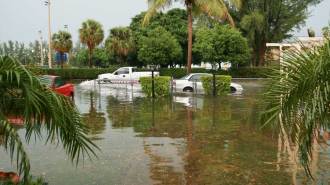 Science & Society
Science & SocietyHow the 5 riskiest U.S. cities for coastal flooding are preparing for rising tides
The five U.S. cities most at risk of coastal flooding from rising sea levels are in various stages of preparedness.
-

Readers respond to Lyme disease, fossil teeth and a Tesseract look-alike
Readers had questions and comments on Lyme disease prevention, speciation, and a mysterious uranium cube.
-

Why this warmer world is not just a passing phase
Editor in Chief Nancy Shute discusses climate change and the uncertainty of science.
By Nancy Shute -
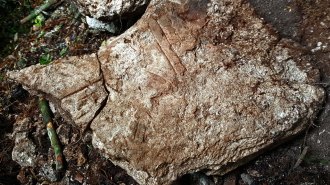 Anthropology
AnthropologyAncient Maya warfare flared up surprisingly early
Extreme conflicts broke out well before the decline of the Maya civilization, researchers say.
By Bruce Bower -
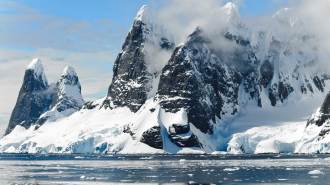 Earth
EarthA new map is the best view yet of how fast Antarctica is shedding ice
Stitching together data from several satellite missions allowed scientists to create the most comprehensive map of Antarctic ice flow ever.
-
 Earth
EarthDecades of dumping acid suggest acid rain may make trees thirstier
Acidified soil loses calcium, which can affect trees’ ability to hang on to water.
-
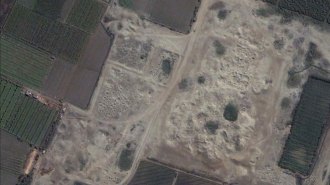 Archaeology
ArchaeologySatellites are transforming how archaeologists study the past
In ‘Archaeology from Space,’ Sarah Parcak takes readers on a lively tour of the past, and archaeology of the 21st century.
By Erin Wayman -
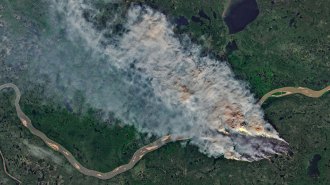 Climate
ClimateThe Arctic is burning and Greenland is melting, thanks to record heat
A heat wave is melting Greenland’s ice and fueling blazes across the Arctic that are pumping record amounts of carbon dioxide into the air.
-
 Health & Medicine
Health & MedicineHospitalizations highlight potential dangers of e-cigs to teens’ lungs
E-cigarette use can harm the lungs, and eight Wisconsin teens who developed severe lung injuries after vaping may be the latest victims.
-
 Science & Society
Science & SocietyPublic trust that scientists work for the good of society is growing
More Americans trust the motives of scientists than of journalists or politicians.
By Katy Daigle -
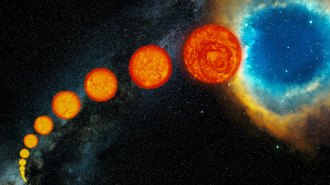 Astronomy
AstronomyStars may keep spinning fast, long into old age
NASA’s TESS telescope has spotted an old star that spins too fast for theory to explain, suggesting that stars may have a magnetic midlife crisis.